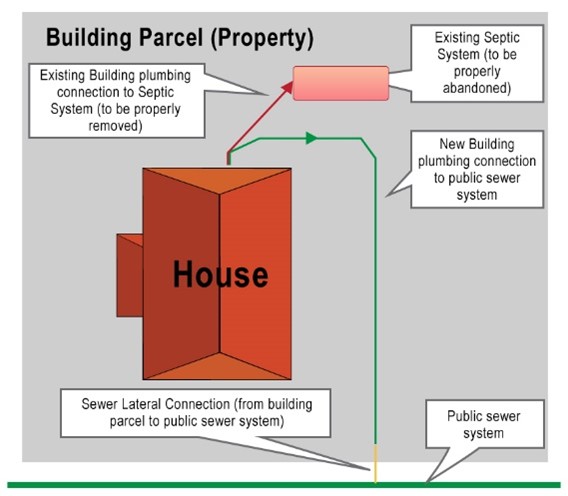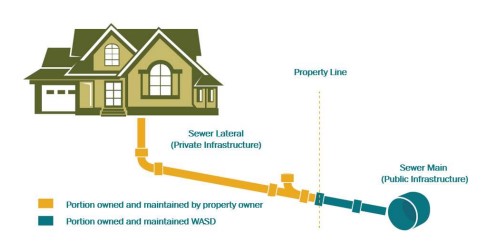District 1 Septic to Sewer Conversion Program
If septic tank systems are not working correctly, they can cause public health risks, environmental impacts, or damage to plumbing systems and private property. Septic tanks systems rely on dry soil conditions to properly function. Unique conditions in South Florida make septic systems susceptible to higher groundwater levels and stormwater flooding, which may compromise the system’s ability to treat the waste and cause it to travel to drinking and surface water resources. To protect public health, our nature resources, and private property value, it is important to ensure all residents have access to safe, effective, and sanitary wastewater disposal. Because these improvements can take time to implement, proactive planning is necessary to stay ahead of rising water levels and detrimental impacts to our water resources.
Program Vision
My vision is to create a healthier and more sustainable community for my constituents by initiating the District 1 Septic to Sewer Conversion Program. By transitioning from outdated septic systems to the County’s modern and efficient infrastructure, my goal is to improve public health, protect the environment and provide growth opportunities for businesses, enhancing the quality of life and well-being for the District 1 community.I believe in the power of community collaboration and engagement. Fostering strong partnerships with our residents, local businesses and organizations will ensure the successful implementation of the District 1 Septic to Sewer Conversion Program. I am confident that together we will bring significant improvements to our public health and community well-being, while protecting our natural resources, such as Biscayne Bay.
About the Program
Approximately 9,000 properties are served by septic systems in District 1. The District 1 Septic to Sewer Conversion Program will first focus on properties that have existing sanitary sewer infrastructure available for connection, prioritizing them by vulnerability to rising groundwater levels and proximately to surface water. The Miami-Dade Water and Sewer Department is installing necessary laterals to the existing public sewer infrastructure to enable these connections and Chairman Gilbert has committed $1 million to assist property owners with the private side connections. A variety of sources, including traditional and new funding mechanisms, are being explored to accomplish system expansion to all of District 1.
- Find out more about Septic Systems and how they work
- For properties in unincorporated Miami-Dade County or who receive service from Miami-Dade Water and Sewer, you can check online at iWASD Connect GIS Viewer
Benefits of Connecting to Sewer
- Enhanced Property Value – Properties connected to a centralized water and sewer system may experience increased property values over those similarly situated properties served by septic tank systems
- No Septic Maintenance Cost – Removes the burden and cost of maintaining the septic system
- Reduce Risk of Malfunctions – Septic tank systems are vulnerable to rising groundwater, which can cause increased nutrient discharge into Biscayne Bay and result in backups into homes and businesses
- Flexibility for Home Improvements – Additional flexibility for home additions and improvements such as room additions, in-ground pools, adding trees and landscaping, driveway placement, etc.
- Economic Development - Sanitary sewer service supports economic development by maximizing a property’s land use and zoning potential that allow for commercial uses and higher density development
Frequently Asked Questions

Commission District 01
Oliver G. Gilbert, III
Stephen P. Clark Center
111 NW 1st Street,
Suite 220
Miami, FL 33128
305-375-5694 | [email protected]
District 1 Main Office
17988 NW 27th Avenue,
Miami Gardens, FL 33056
305-474-3011 | [email protected]



